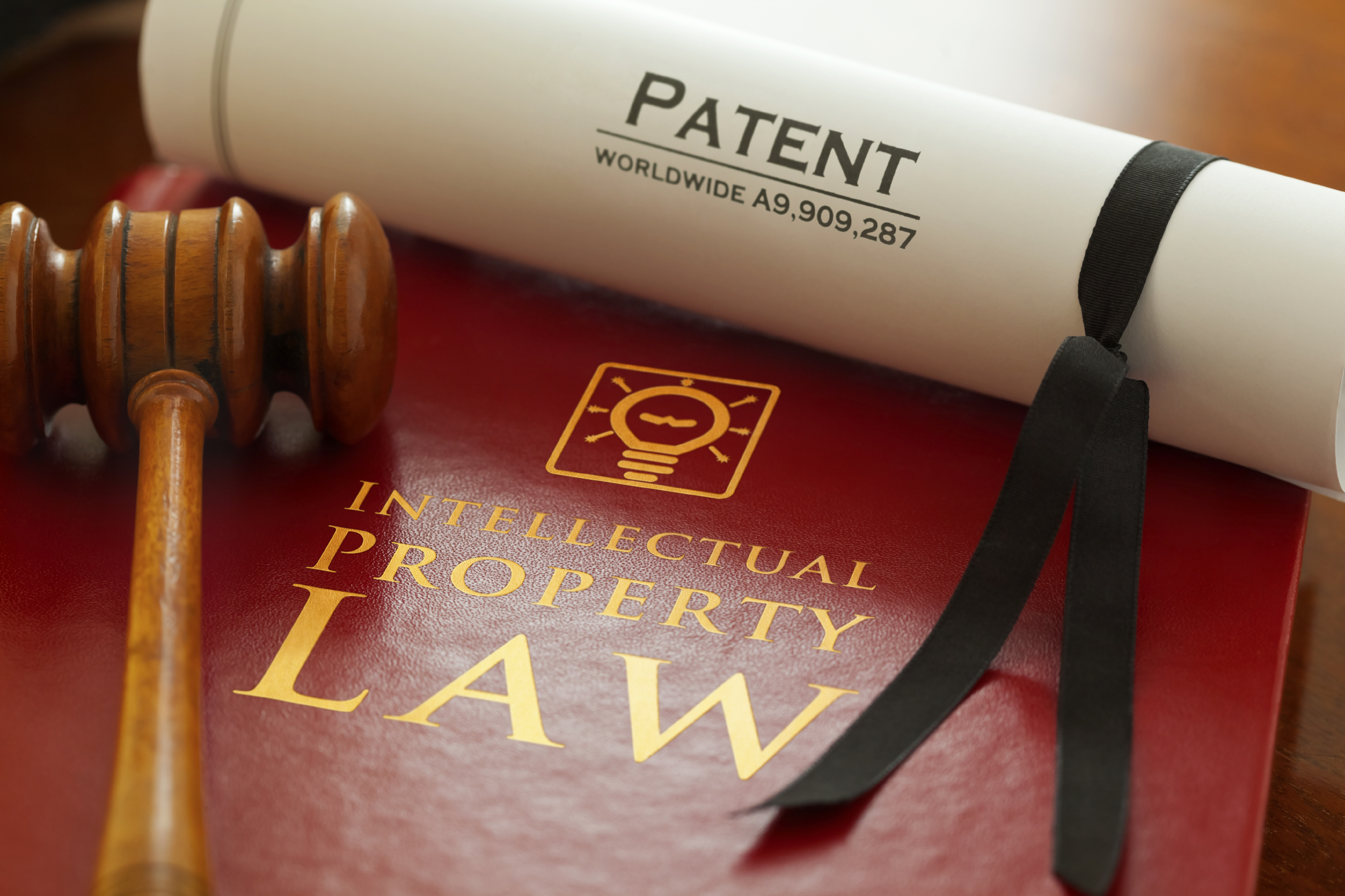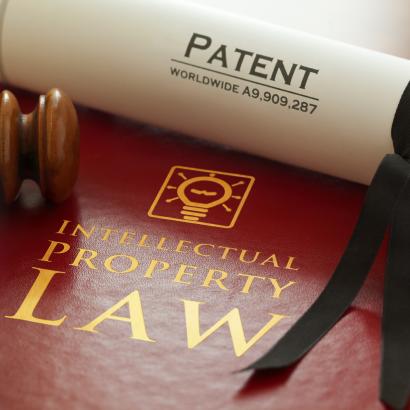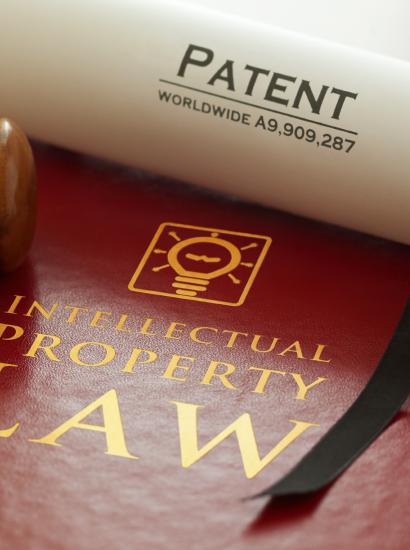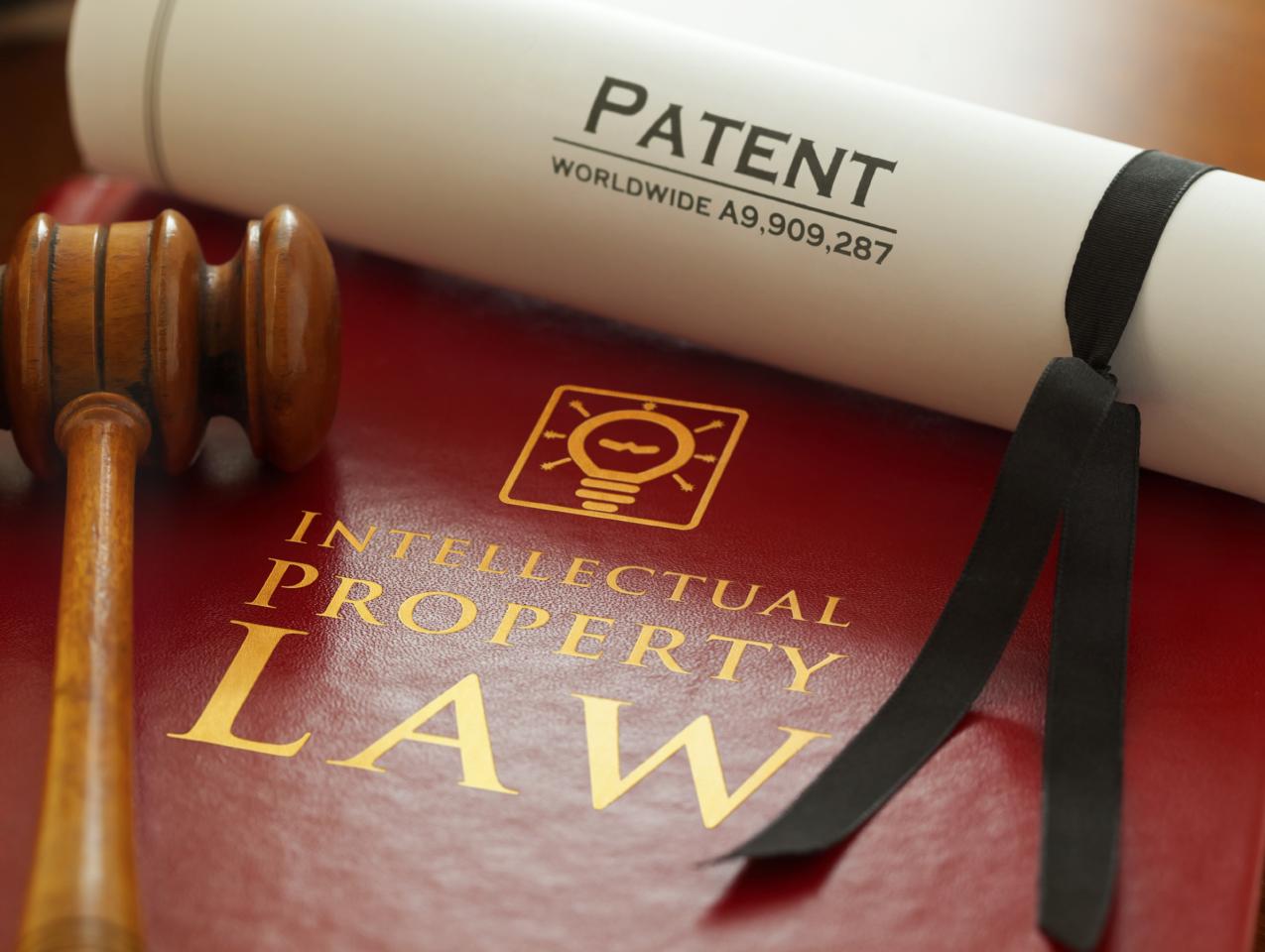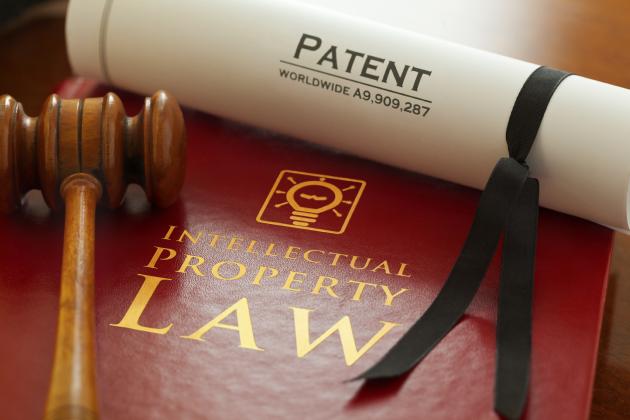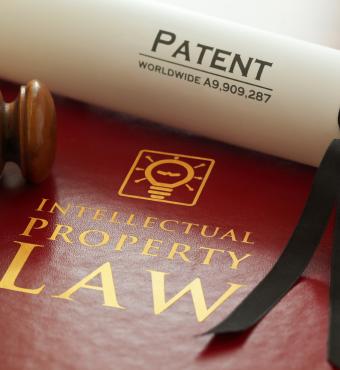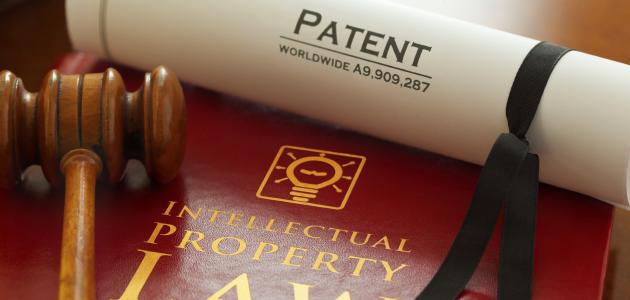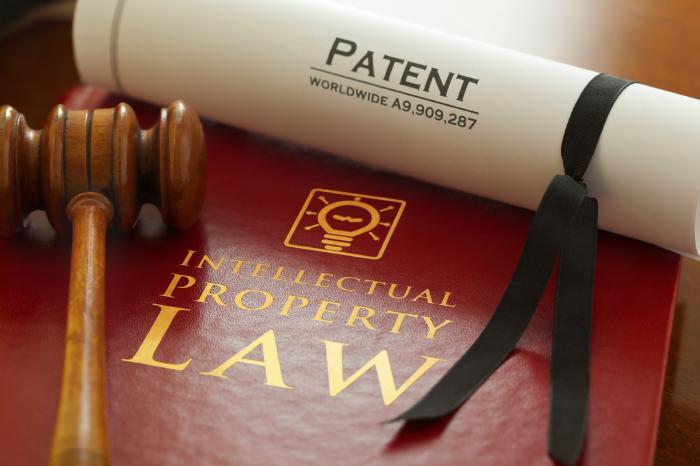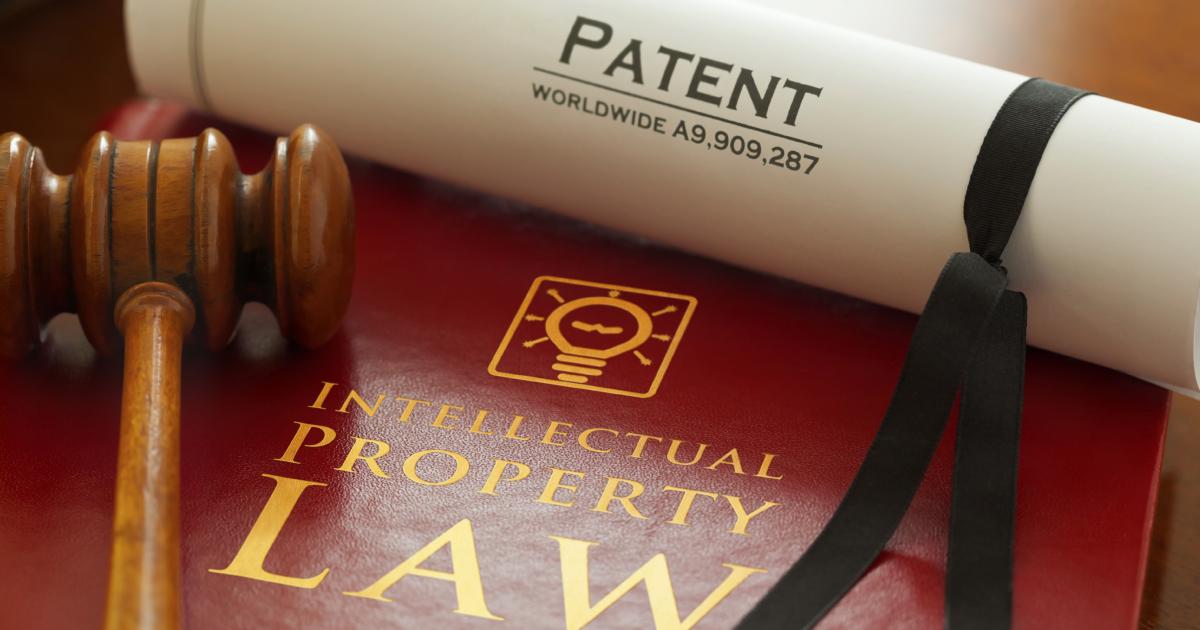- Law & Policy
An essential premise of American constitutional theory is that the separation of powers among the three branches of government—as championed by James Madison in Federalist 51 and Alexander Hamilton in Federalist 78—protects individual liberty and property. Both Madison and Hamilton knew that people do not put on angel’s wings when they assume public office. Accordingly, as Justice Anthony Kennedy wrote in Boumediene v. Bush (2008), “The Framers’ inherent distrust of governmental power was the driving force behind the constitutional plan that allocated powers among three independent branches”—none of which may encroach on the domain properly reserved for others. Although there are inevitable gray areas, the basic program is simple enough: Congress makes law through its legislative power; the President enforces the law through his executive power; and the courts resolve legal disputes through their judicial power.
The principle of separation of powers is now under a frontal assault in Oil States Energy Services, LLC v. Greene’s Energy Group LLC, which will be argued before the Supreme Court on November 27. Oil States tests the ability of Congress to undermine the constitutional scheme through a system of inter partes review under the America Invents Act (AIA). The AIA is strongly opposed by independent inventors who protest that it “has suddenly and drastically increased the probability that a contested patent will be held invalid.” One source of their anxiety is that the AIA gives a political appointee, the Director of the United States Patent and Trademark Office, sole and unreviewable power to constitute trial panels that enjoy the power to issue a final written decision “canceling any claim of the patent finally determined to be unpatentable,” subject only to a limited appeal to the Federal Circuit Court of Appeals (the court that hears patent appeals).
Reduced to its simplest terms, the AIA substitutes an ad hoc tribunal within the executive branch for the federal trial courts established under Article III of the Constitution, which provides that the “judicial Power shall extend to all cases in Law and Equity, arising under the Constitution, the Laws of the United States and to treaties [present and future].” The word “shall” is consistent with the general view that only Article III courts can adjudicate these claims, and the phrase “in law and equity” sweeps into the federal courts all common law actions seeking damages as well as all equitable actions seeking injunctions. That judicial power, not some novel combination of legislative and executive power, extends to new statutory causes of action, including those created to enforce patent rights under both the Patent Act of 1790 and the AIA of 2011.
The procedural safeguards that Article III courts provide are especially relevant in this context. Federal judges are appointed for life and enjoy guaranteed judicial independence. The ostensible judges of the Patent Trial and Appeal Board (PTAB) are appointed on an ad hoc basis by the head of the Patent and Trademark Office (PTO). Worse still, the system verges on a serious violation of the fundamental procedural due process protections against bias. Indeed, the Federal Circuit has already uneasily observed that the head of the PTO retains the power to add new members in the middle of a trial in order to “secure and maintain uniformity of the Board's decisions.” Bluntly put, that means the head of the PTO can stack the panel in order to change the substantive outcome of the case. In addition, the use of these specialized panels undercuts the right to a jury trial that under the Seventh Amendment is guaranteed “in suits at common law,” i.e., claims asking for damages. The purpose of this Amendment is to allow juries to place an initial check on judicial decisions on matters of fact, which then can be reexamined only in accordance with common law principles.
The hard question in this case is why the government thinks that these ad hoc panels meet that standard for adjudication. In its brief, the United States relies on a dubious set of arguments to allow Congress to assign these cases to an administrative court. It first claims that patents are solely the creation of statute, so the Congress that creates patent rights necessarily has the right to keep patent cases out of the federal courts. That principle is, however, far too broad for its own good, because if applied consistently, it would make Article III courts optional for every statutory cause of action, robbing them of their constitutional jurisdiction.
The government further insists that rights that necessarily belong in federal court are only those recognized under natural law. Yet that claim shows no appreciation of how natural law principles operate. From the opening passage of Gaius’s Institutes, natural law was always understood as the animating principle behind particular legal rights routinely stabilized through legislative enactments. There were natural rights to acquire property and to make contracts, but in both instances, legislation frequently supplied the legal formalities needed to secure and define them.
Historically, the institution of private property has depended heavily on legislative enactments to flesh out the various rights of acquisition, transfer, and bequest. Patents could not have been created in ancient times given both the absence of an organized knowledge base and the administrative capacity to examine and record patent applications. But the natural law justification for the protection of patents stems from the same Lockean view that animates the defense of private property: those individuals whose productive labor secures the creation of a new invention deserve the same protection as those who acquire land or enter into contracts. Under this view, the government has the right and, given the dangers of excessive patent claims, the duty, to make sure that the standard requirements of patent law are met in individual cases.
But once that patent is issued, it should in fact be treated like any other species of property—so that it cannot be revoked by the government at will unless just compensation is provided, as Chief Justice John Roberts observed in Horne v. Department of Agriculture (2015). Similarly, in Tam v. Matal (2017), Justice Samuel Alito, speaking for a unanimous court, did not draw any distinction in the level of constitutional protection afforded patents, copyrights, trademarks, or land. None of these lose constitutional protection because they must be registered with either the state or the federal government.
In Oil States, the government appears, at least initially, to be on stronger legal ground when it argues that disputes over patents should be treated like those over titles to (formerly) public land. The parallels between patents and real estate are apparent, in that actions for patent infringement are similar to those for trespass to land. Both are triggered when the plaintiff alleges that the defendant crossed the perimeter of rights surrounding the plaintiff’s asset, thereby precipitating the need for some combination of damages and injunctive relief.
The government seeks to resist this obvious conclusion by insisting that the 1855 decision in Murray’s Lessee v. Hoboken Land and Improvement Co. recognized the “public rights” exception to the exclusive jurisdiction of Article III courts. The case involved a garden-variety accounting dispute between the United States and one of its tax collectors over whether the proper sums of money had been remitted to the federal government—the kind that hardly requires any judicial oversight. But the Court in Murray’s Lessee noted that the public rights exception also applies to grants of federal lands to private parties, a routine situation that is worlds apart from the accounting cases. It is possible, as I have argued elsewhere, to distinguish these land grant cases from patents on the ground that the government owns the land that it conveys, while it has no such ownership claim over the content of the patented technology that was created from start to finish by private labor.
Yet, on reflection, it seems clear that government grants of land (often called patents) amount to an unprincipled exception to Article III jurisdiction, given that they raise standard conveyancing disputes dealing with such terms as the boundaries of the land, the duration of the deed, and mistake and duress in the transfer process. Just that result occurred in the 1864 Supreme Court case of United States v. Stone, which arose out of a boundary dispute between the United States and David Brian Stone, who had taken his title by assignment from the Delaware Tribe. According to the Court, “to proceed rightly, the United States filed a bill in the Federal Court of Kansas, against the Indian chiefs and Stone, to have them judicially decreed null, and the instruments themselves delivered up for cancellation.” That Kansas court was established under Article III. As a litigant, the United States chose to respect the separation of powers in the 1864 land patent cases. It should respect that principle today in patent disputes arising under the AIA.







